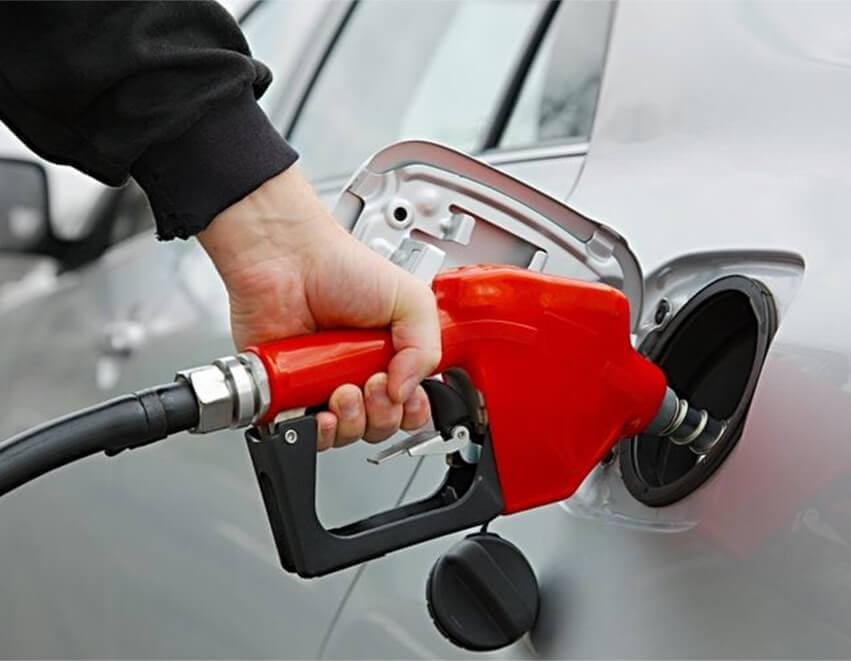Gas pump nozzles endure harsh conditions daily, making regular maintenance crucial for smooth operations. From cleaning and lubrication to safety certifications, proper care ensures optimal performance and prevents costly breakdowns.
Whether at a high-volume truck stop or convenience store pump, gas nozzles take a beating through their daily grind of fuel dispensing. They get coated in debris, exposed to extreme weather, and have to actuate complex mechanisms in millions of cycles.
It’s no wonder they occasionally fail due to obstructions, worn components, or hazardous conditions developing over time if not properly maintained. Putting nozzles on a consistent cleaning and inspection schedule is an absolute must for every operator.
Key nozzle issues to watch for:
By committing to these basic practices, operators can maximize nozzle lifespan, reduce service calls, and prevent any serious safety incidents from developing due to neglected equipment.
Here’s a brief step-by-step guide on how to maintain your gas pump nozzles:
At an absolute minimum, nozzles should undergo routine exterior cleaning and visual inspections. Use a degreasing solution and rag to wipe down the exterior casing, spout end, and bellows/seal area where debris buildup tends to collect. Check for any cracks, punctures, or signs of wear that require component replacements.
More comprehensively, operators need to actually disassemble nozzles and clean out the internal flow paths on a periodic basis. Any buildup of fuel residue or debris in the venturi tubes or vapor recovery lines can lead to obstructed flow or vapor leaks over time.
For holistic cleaning, use pressurized air to blow out hose remnants from the flow path, vapor recovery line, and spout areas. Inspect all gaskets, valves, and components for integrity and smooth operation when reassembling.
Certain nozzle components require lubrication on a set schedule to preserve actuation and prevent seizing. Things like external lever hinges, internal stem bearings, interlock components, and poppet shafts may require greasing or replacement as preventative maintenance if worn.
Finally, most jurisdictions mandate annual safety inspections and flow testing for gas nozzles before recertifying them. Liquid removal, vapor path, and pressure testing ensure the nozzle meets required safety standards. Plus, a holistic inspection can identify any damaged components needing overhaul kits.
Neglect these protocols and you’re looking at potential fines, forced shutdowns, or the liability of a nozzle safety failure down the line. It’s well worth the minor hassle to keep detailed service records and replace specified components ahead of certification periods.
The bottom line: preventative nozzle maintenance is a necessity, not an optional “nice to have.” Deferring those basic cleaning, lubrication, and certification procedures is just asking for a breakdown that could disrupt operations and create a hazardous situation.
By treating your nozzles to comprehensive care at recommended intervals, you’ll not only extend their lifespan and preserve smooth performance – you’ll avoid the massive headache of fielding nozzle failures that demand costly emergency services or replacements.
Need any other maintenance assistance for your fuel dispensing systems? Aocheng Group’s expert team is here to help you stay operating safely and efficiently year-round.




